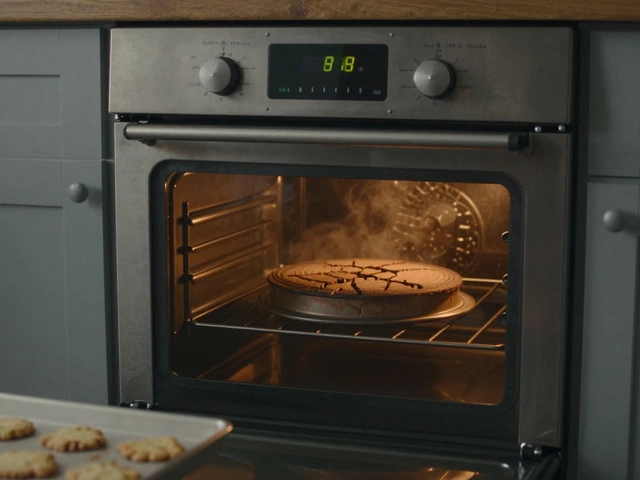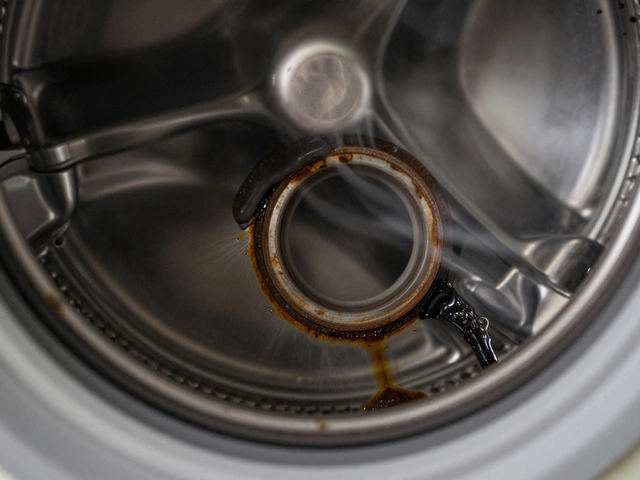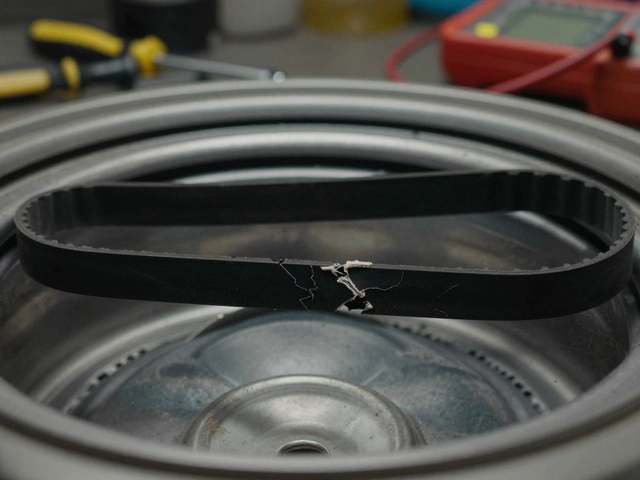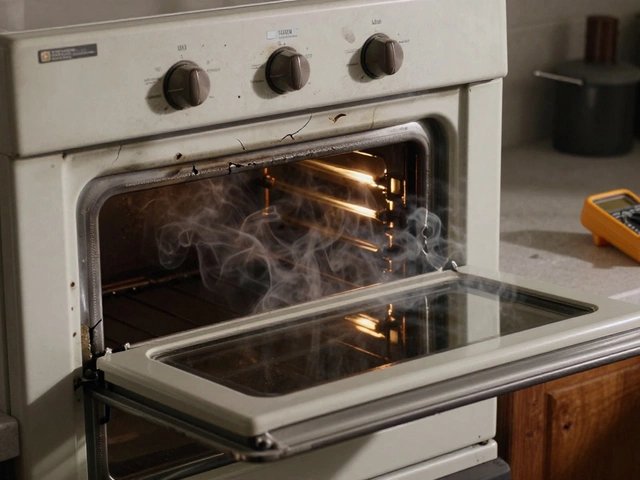Fix: Straight‑forward Guides to Repair Common Home Appliances
Got a busted oven, a sputtering fan, or a microwave that won’t heat? You don’t have to panic or empty your wallet. Below are simple, step‑by‑step fixes that most homeowners can tackle safely. We’ll cover the most common problems, point out the tools you’ll need, and tell you when it’s smarter to call in a professional.
Basic Tools and Safety First
Before you start any repair, grab a basic toolkit: screwdrivers (flat‑head and Phillips), adjustable wrench, pliers, a multimeter, and a flashlight. Turn off power at the breaker for any electrical appliance and shut off water supplies for washers or dishwashers. A quick safety check prevents shocks, leaks, and accidental damage.
Quick Fixes for Everyday Appliances
Oven not heating: Most ovens fail because of a bad heating element or a faulty thermostat. Remove the back panel, locate the element, and test it with a multimeter for continuity. If it reads zero, replace it – usually a $30‑$70 part. For thermostat issues, the same test applies; a bad thermostat also shows no continuity and should be swapped out.
Microwave humming but not cooking: The culprit is often the magnetron. Look for visible damage or burnt spots; if the magnetron fails the continuity test, it needs replacement. Magnetrons cost $80‑$120, but a quick unplug‑check can confirm it’s not a simple door latch problem.
Fan won’t turn on (kitchen or bathroom extractor): First, clean the grill and motor shaft – dust buildup can stall the motor. If it still won’t spin, test the motor with a multimeter. A dead motor usually means a replacement, which runs about $40‑$70. Often, a simple capacitor swap fixes the issue for under $15.
Washing machine won’t spin: Check the lid switch; a loose or broken switch sends a ‘stop’ signal to the motor. Use a screwdriver to pry the switch and listen for a click. If it’s broken, replace it – a $10‑$20 part. Also, inspect the drive belt for wear; a snapped belt is an easy DIY swap.
Dishwasher not draining: Clear the filter at the bottom of the tub – food bits can block the pump. If water still pools, check the drain hose for kinks or clogs. A simple hose flush with hot water often restores flow without a technician.
These fixes usually take under an hour and cost far less than a service call. Keep a notebook of what you’ve tried; it helps a pro diagnose tougher issues faster if you need to call us.
When a repair feels beyond your comfort zone—like a sealed refrigeration system, a complex heat‑pump failure, or a high‑voltage water heater—pick up the phone. Our Hinckley technicians have the training and parts to finish the job right the first time.
Remember, regular maintenance prevents many of these headaches. Wipe spills promptly, clean filters monthly, and run a quick check on appliance cords every few months. A little attention now saves you time, money, and the hassle of a sudden breakdown.
Ready to get started? Pull out your toolbox, follow the steps above, and you’ll have that appliance humming again in no time. If you hit a snag, give Hinckley Home Appliance Repair Services a call—we’re just around the corner and happy to help you keep the home running smoothly.
20 March 2025
·
0 Comments
Trying to figure out how much to spend on laptop repair can be tricky. From minor fixes like broken keys to major issues like motherboard failures, understanding typical repair costs is key to making smart decisions. We'll delve into different repair scenarios, average costs, and crucial tips for saving money. This guide aims to help you decide when to repair, replace, or even DIY your laptop issues.
Read more






